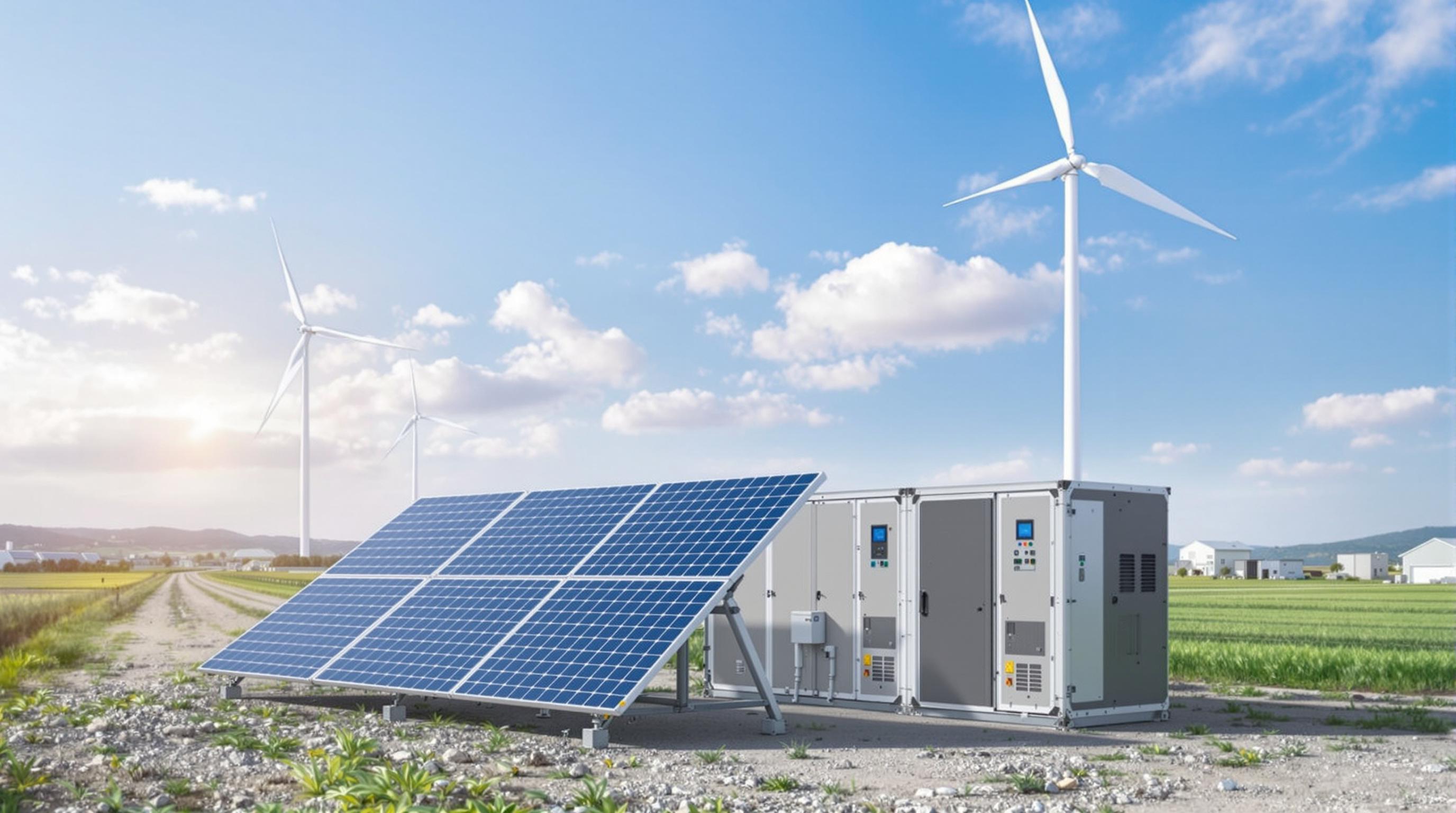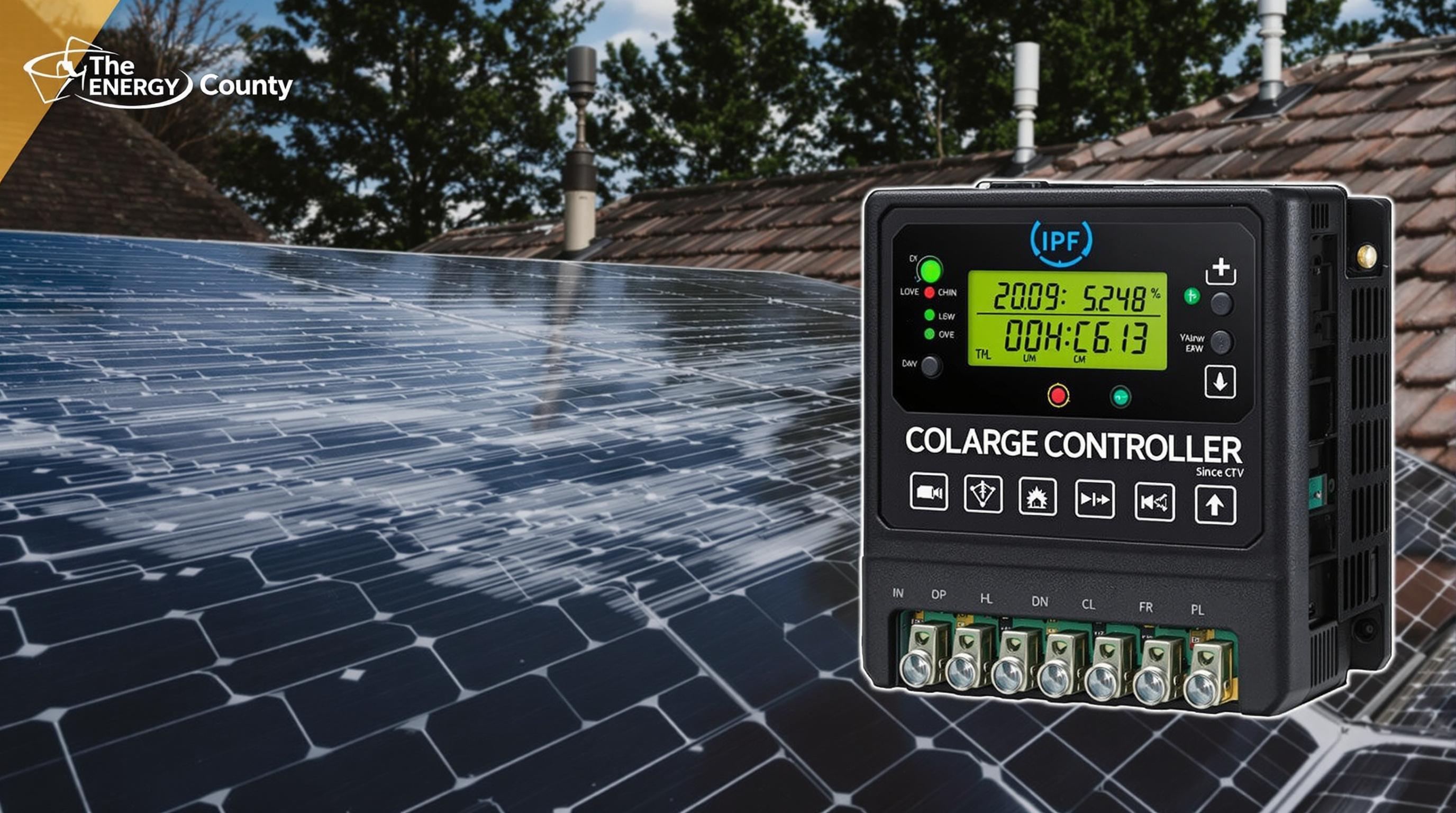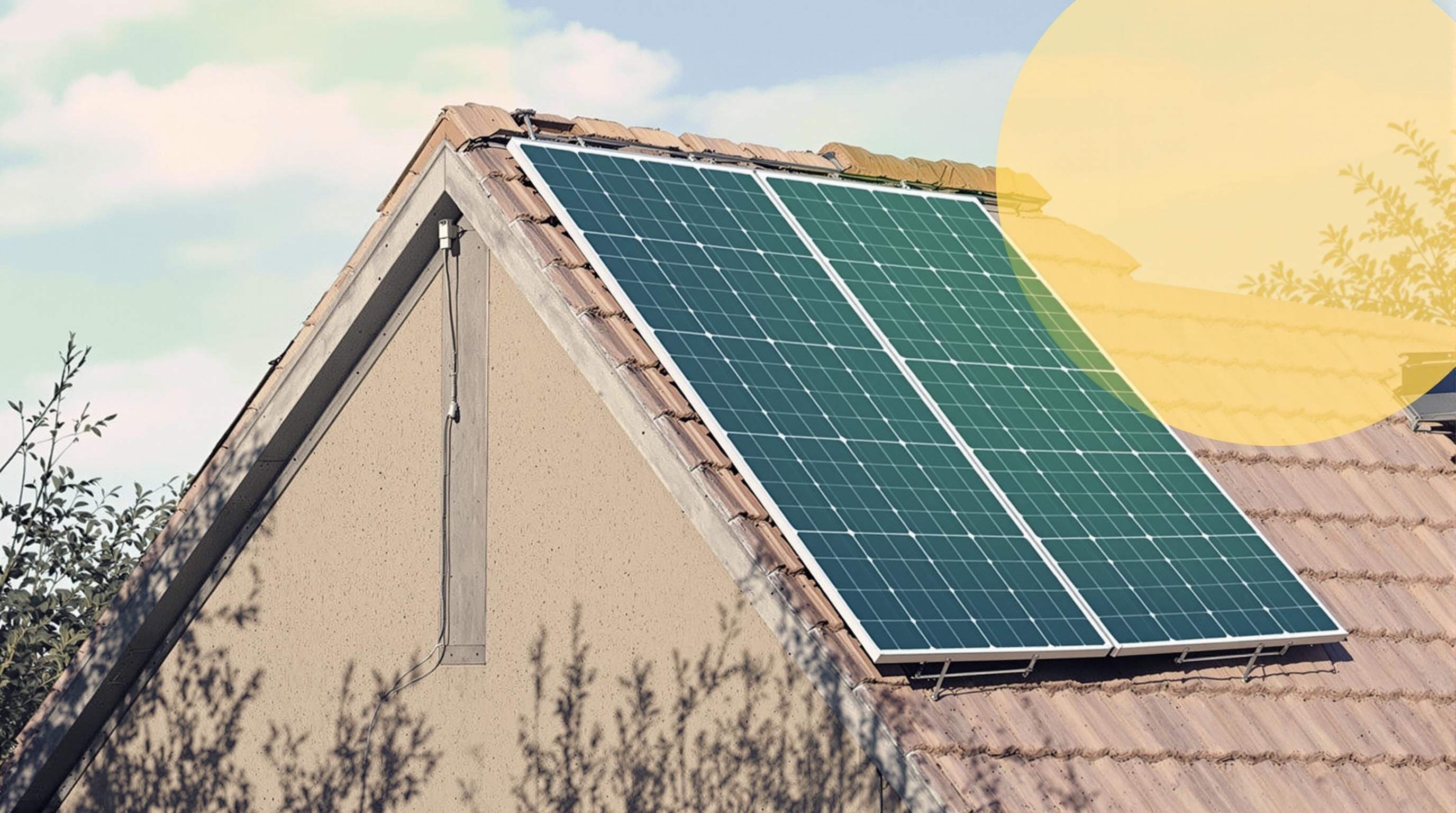Related Articles
- 6 Revolutionary Solar Panel Cleaning Robots Since 2019 Rated for Efficiency and Contractor Appeal
- How Unexpected Weather Patterns Are Shaping Homeowner Choices in Solar Installation Partnerships
- How Solar Inverter Noise Pollution Affects Urban Wildlife and What Manufacturers Are Overlooking
- How Solar Inverters Influence Home Resale Value and What Buyers Rarely Consider Before Purchase
- How Microclimates Secretly Shape Solar Energy Output in Unexpected Urban and Rural Landscapes
- The Quiet Role of Microclimates in Shaping Solar Harvesting Outcomes Beyond Conventional Efficiency Measures
Top 9 Advanced Energy Storage Solutions Launched Since 2019 for Self-Powered Sustainability
Top 9 Advanced Energy Storage Solutions Launched Since 2019 for Self-Powered Sustainability
Top 9 Advanced Energy Storage Solutions Launched Since 2019 for Self-Powered Sustainability
1. Solid-State Batteries
Solid-state batteries have gained attention since 2019 as a breakthrough in energy storage technology. Unlike traditional lithium-ion batteries that use liquid electrolytes, solid-state batteries employ a solid electrolyte, which significantly improves safety and energy density. This advancement holds promise for electric vehicles and renewable energy storage, addressing common concerns like overheating and limited capacity.
Companies like QuantumScape and Solid Power have pushed the boundaries of solid-state battery development, with notable prototypes demonstrating faster charging times and longer lifespans. The promise of solid-state batteries could transform how devices and vehicles store energy by offering compact and long-lasting solutions.
Research published by the Journal of Power Sources (2020) highlights the potential efficiency improvements of solid electrolytes. As commercialization approaches, solid-state batteries may become the cornerstone of self-powered sustainability across multiple industries.
2. Flow Batteries
Flow batteries represent a flexible and scalable option for large-scale energy storage since 2019. Utilizing liquid electrolytes stored in external tanks, these batteries allow easy scaling by increasing the volume of electrolyte solutions. This design is particularly useful for grid-level storage, where capacity needs can vary significantly.
Innovations in vanadium redox and zinc-bromine flow battery technologies have improved energy density and reduced costs, making them viable for renewable energy integration. Companies like Redflow and ESS Inc. have launched systems designed to support solar and wind energy storage, enhancing self-sufficiency in energy use.
Flow batteries are attractive because of their long cycle life and environmental stability. These attributes make them ideal for communities and industries aiming for self-powered sustainability through renewable sources.
3. Metal-Air Batteries
Metal-air batteries have emerged as a promising solution for high-capacity energy storage, combining metals such as zinc or lithium with ambient oxygen to generate power. Since 2019, advances have focused on improving rechargeability and lifespan to make these batteries more practical for commercial use.
One highlight includes zinc-air battery developments that offer high energy density at potentially lower costs compared to traditional lithium-ion batteries. Companies like Fluidic Energy have been working on rechargeable zinc-air systems capable of powering grid applications while supporting sustainable energy goals.
The peg of metal-air batteries lies in their lightweight and ecologically friendly components. Their ability to store energy efficiently with minimal environmental impact makes them valuable for self-powered systems in remote or off-grid locations.
4. Lithium-Sulfur Batteries
Lithium-sulfur (Li-S) batteries have been developed since 2019 to address the limitations of lithium-ion batteries by using sulfur as the cathode material. Sulfur is abundant and inexpensive, which can reduce production costs, while promising higher energy density than conventional batteries.
Research into Li-S batteries has made considerable strides in mitigating issues like the "shuttle effect," which reduces battery life. Innovative designs involving novel electrolytes and protective coatings have improved cycle stability significantly.
Given their lightweight nature and enhanced capacity, lithium-sulfur batteries are ideal for applications in electric aviation and portable electronics, further supporting the push toward self-powered sustainability.
5. Sodium-Ion Batteries
Sodium-ion batteries have re-emerged since 2019 as an alternative to lithium-based storage systems due to their reliance on more abundant and less expensive sodium resources. Their chemistry shares similarities with lithium-ion batteries but offers cost and sustainability benefits.
Recent advances have improved the energy density and cycling performance of sodium-ion batteries, making them competitive for grid storage and electric vehicles. Companies like Faradion and CATL have introduced prototype cells and small-scale production lines aiming to reduce reliance on scarce lithium materials.
While still catching up to lithium-ion batteries in power output, sodium-ion technology provides a sustainable path forward for energy storage, particularly in applications where cost efficiency and resource availability are priorities.
6. Graphene-Based Supercapacitors
Since 2019, graphene-based supercapacitors have attracted significant attention as rapid-charging energy storage solutions. Graphene’s high conductivity and surface area allow these supercapacitors to store and release energy much faster than traditional batteries while maintaining long cycle lives.
Researchers and companies are developing flexible, scalable graphene supercapacitors suitable for integration into wearable devices, electric vehicles, and energy grids. Their ability to complement battery systems by providing quick bursts of power contributes to improved energy management in self-powered technologies.
The environmentally friendly nature and durability of graphene supercapacitors align well with sustainability goals. Although limited in energy density, their role in hybrid energy storage systems is critical for enhancing overall efficiency and performance.
7. Organic Redox Flow Batteries
Organic redox flow batteries have surfaced since 2019 as a sustainable alternative to metal-based flow batteries by using organic molecules for energy storage. These batteries use aqueous solutions of organic compounds, which can be synthesized from abundant resources, reducing environmental impact.
Innovations have focused on enhancing molecular stability, increasing voltage, and scaling production. Energy Vault and others have started pilot projects demonstrating the viability of organic redox flow batteries in long-duration energy storage applications.
Because of their biodegradability and modular design, organic redox flow batteries offer safe and eco-friendly solutions for renewable energy storage, contributing substantially to self-powered sustainability initiatives.
8. Hybrid Battery-Supercapacitor Systems
Hybrid systems combining batteries and supercapacitors have been developed since 2019 to leverage the strengths of both technologies. These systems aim to provide high energy density along with rapid power delivery and improved lifecycle performance.
In electric vehicles and renewable energy systems, hybrid solutions manage energy more efficiently by using supercapacitors for quick bursts and batteries for sustained energy output. Developments in control electronics and system integration have made these hybrids increasingly practical.
The ability of hybrid systems to extend the operational lifespan and reliability of self-powered setups marks them as a key advancement in sustainable energy storage technologies.
9. Thermal Energy Storage with Phase Change Materials (PCMs)
Thermal energy storage utilizing phase change materials (PCMs) has expanded since 2019 as a viable solution for managing renewable heat and power. PCMs absorb and release thermal energy during phase transitions, enabling efficient temperature regulation and energy storage.
New materials and encapsulation techniques have improved the stability and heat storage capacity of PCMs, applied in both residential and industrial contexts. These systems pave the way for self-powered heating and cooling by storing excess thermal energy from solar or waste heat sources.
The integration of PCM-based thermal storage with electrical storage solutions enhances overall sustainability and energy independence, crucial for future renewable energy strategies.
Conclusion: The Future of Self-Powered Sustainability
Since 2019, advanced energy storage solutions have evolved dramatically, fostering the growth of self-powered sustainable systems. From batteries leveraging new chemistries like solid-state and lithium-sulfur to innovative flow and hybrid storage technologies, these advancements address critical challenges in energy density, safety, cost, and environmental impact.
The diversity of solutions, including supercapacitors, organic flow batteries, and thermal energy storage, indicates a robust future where energy storage can be tailored to specific applications, promoting efficiency and resilience. As commercialization scales, these technologies will empower individuals, industries, and communities to reduce reliance on centralized power grids and fossil fuels.
Continued research, supportive policies, and investments will be vital for bringing these developments from lab to market, ensuring that self-powered sustainability transitions from concept to widespread reality.
Sources:
1. Journal of Power Sources, 2020: Advances in Solid-State Battery Technology
2. Energy Storage Materials, 2021: Innovations in Flow Battery Systems
3. Nature Communications, 2020: Rechargeable Zinc-Air Battery Performance Improvements
4. Advanced Energy Materials, 2019: Lithium-Sulfur Battery Stability Enhancements
5. Faradion and CATL Company Reports, 2022
6. ACS Nano, 2021: Graphene-Based Supercapacitor Developments
7. Organic Electronics, 2020: Organic Redox Flow Battery Advances
8. IEEE Transactions on Energy Conversion, 2021: Hybrid Battery-Supercapacitor Systems
9. Renewable Energy, 2019: Phase Change Materials for Thermal Storage



